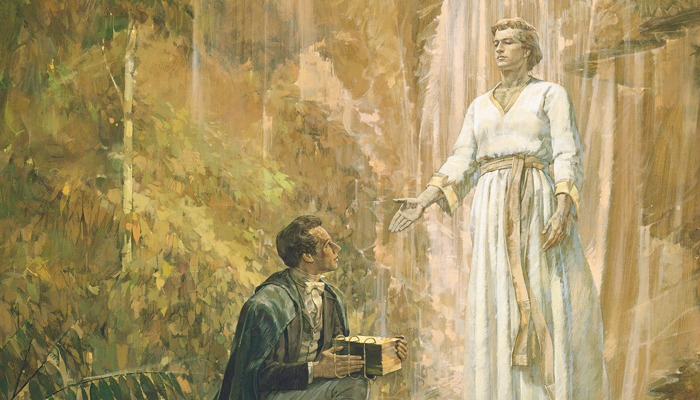
On the Jewish New Year, Rosh HaShanah, September 22, 1827, after Joseph Smith had returned yearly to be instructed by Angel Moroni, Moroni finally entrusted the gold plates into Joseph’s care. The plates, and the writings therein, spoke “as a voice from the dust” with the purpose of regathering Israel in preparation for the Second Coming.
God had a particular purpose in fulfilling the symbolism of the high holy day of Rosh HaShanah, also called the Feast of Trumpets, with this singular, earth-shaking event.
The Jewish High Holy Days as Religious Milestones
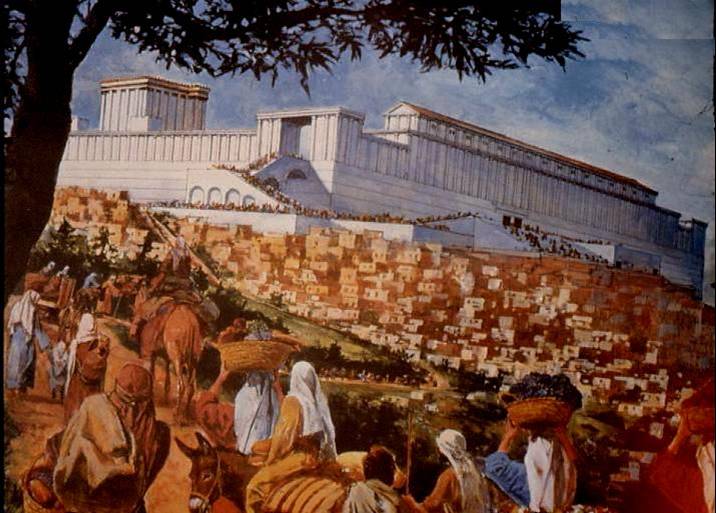
There are seven high holy day festivals, and anciently, three pilgrimages to the temple in Jerusalem. The first pilgrimage, in the spring, encompassed the three festivals of the Passover, Bikkurim (first-born son), and the Feast of Unleavened Bread. Within these festivals are imagery of sacrifice, redemption, deliverance, and rebirth. These holidays are rich with messianic symbolism that testifies of Christ as the Messiah. The symbolism focuses on His first coming: His birth, His nature, His mission, His crucifixion, His Atonement, and His resurrection.
The second pilgrimage to the temple occurred in the summer, in the middle of the time of seasonal drought. The Feast of Weeks celebrates those gifts from God that help us through our wilderness walk—the scriptures and the Holy Spirit.
The third pilgrimage, in the fall, encompasses three holy festivals as a mirror image to the spring festivals. The symbolism focuses on Christ’s Second Coming and final judgment. The three festivals are the Feast of Trumpets (New Year, Rosh HaShanah), Day of Atonement (Yom Kippur), and the Feast of Tabernacles (Sukkoth).
The progressive nature of the feasts takes us through the entire religious history of earth’s existence. God has chosen to fulfill the promises of these feasts by scheduling important religious events on high holy days.
Fulfilling the Symbolism of High Holy Days
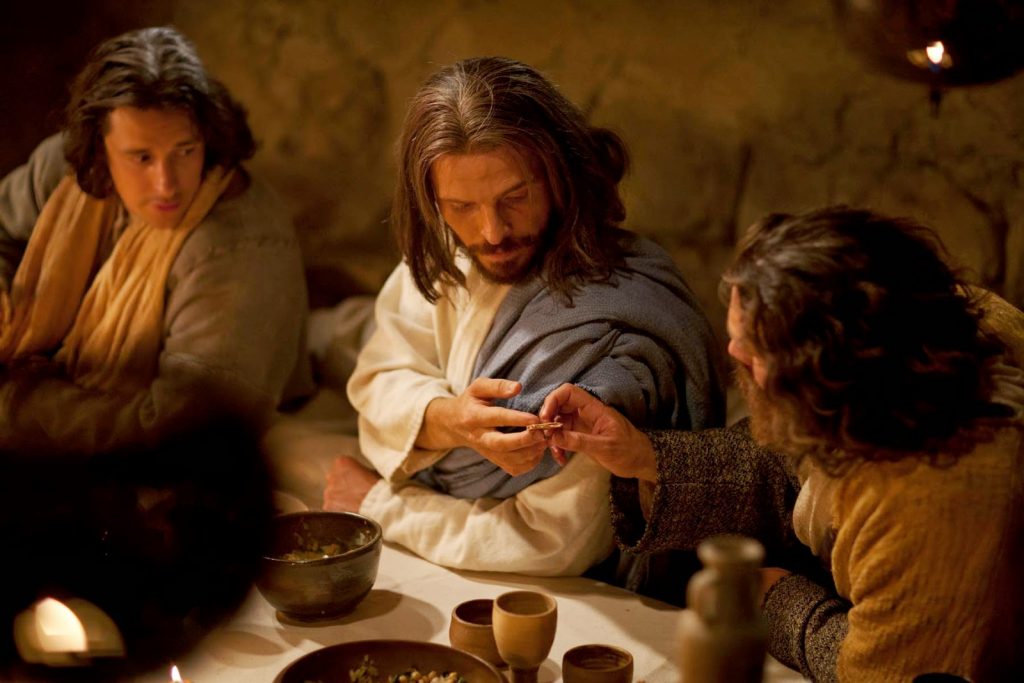
During His earthly ministry Christ fulfilled the promising symbolism of the Jewish high holy days. He was born in the spring at Passover and was the paschal lamb. He was unspotted from the world and offered as the first-born lamb for the sins of mankind when He was crucified on Passover. He rose on Bikkurim (first-born son) as the first-fruits of the resurrection, guaranteeing a perfect harvest of resurrected souls.
During His ministry Christ entered the most dangerous of places, Jerusalem, to testify of Himself on the high holy days. On Passover He instituted the sacrament; at the Feast of Tabernacles He interrupted the festivities on the temple mount and stood in front of the blazing candlesticks (menorot) to proclaim Himself the light of the world. He interrupted the water libation of the same holiday to proclaim Himself the living water.
After Christ’s death and resurrection, the apostles received the Holy Ghost during the pilgrimage of the Feast of Weeks. This public display—the sound of rushing wind accompanied by the gift of tongues—impressed pilgrims from many lands, because of the symbolism of the day, fulfilled through the apostles of Christ.
In 1830, the year The Church of Jesus Christ of Latter-day Saints was organized, Passover began the evening of April 6th.
Elijah, Moses, Elias and the Living Christ appeared to Joseph Smith and Oliver Cowdery at the Kirtland Temple on Bikkurim (during Passover week), April 3, 1836.
And the gold plates were delivered into the hands of Joseph Smith by the Angel Moroni on the Feast of Trumpets, September 22, 1827.
What is it About the Feast of Trumpets?
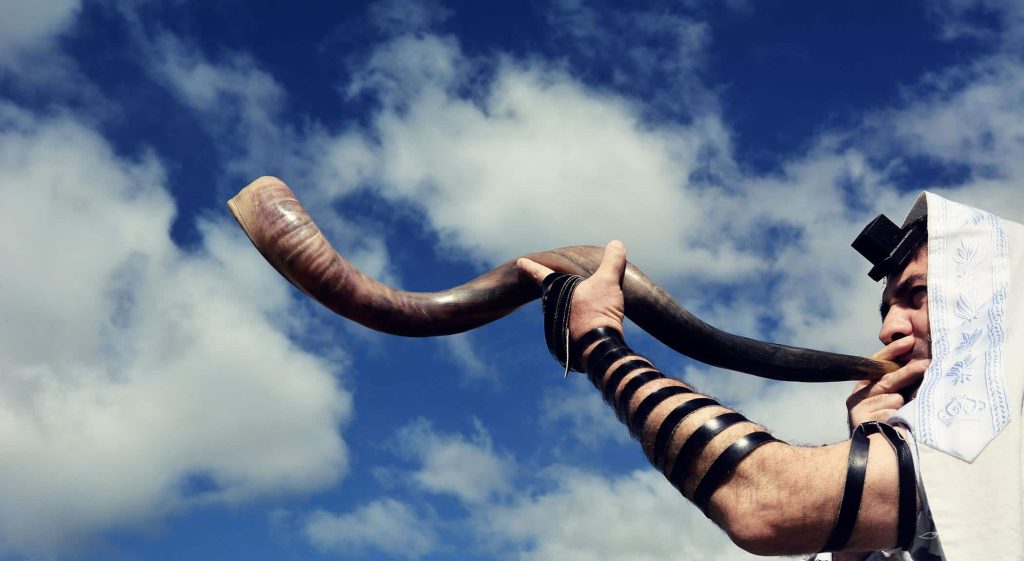
The Feast of Trumpets is the herald of the last days and signals our final opportunity to repent. Occurring at a new moon, sabbatical and jubilee years are calculated from the Feast of Trumpets.
After the long, dry season, it is finally time to start praying for rain. The final harvests are being gathered in, and wedding imagery dominates the season. It is time to welcome the Bridegroom. This is the time to certify the worthiness of the bride, the Church.
At this time, the wish of the celebrant to to be worthy of abiding in the midst of the “community of the saved.” During the month of Elul, previous to the Feast of Trumpets, celebrants recite the attributes of God, hoping to emulate them—”The Lord, the Lord, God, merciful and gracious, long-suffering, and abundant in goodness and truth; keeping mercy unto the thousandth generation, forgiving iniquity and transgression and sin; and acquitting” (Winter, The High Holy Days).
The overriding message of the Feast of Trumpets is to call men and women everywhere to awake, arise, and gather, because the righteous are about to be separated from the wicked. The signal for us to awake and arise was sounded from the temple, the blowing of the ram’s horn (shofar) accompanied by silver trumpets blown by over 100 priests.
This is a final call to repentance, ushering in the Days of Awe (10 days of national repentance, the Day of Atonement (Yom Kippur), and the final judgment (Feast of Tabernacles). Once the righteous are gathered and approved, their names are written in God’s Book of Life. Hence, the standard greeting during the Feast of Trumpets is chatimah tovah, good signature.
The Book of Mormon as the Clarion Call
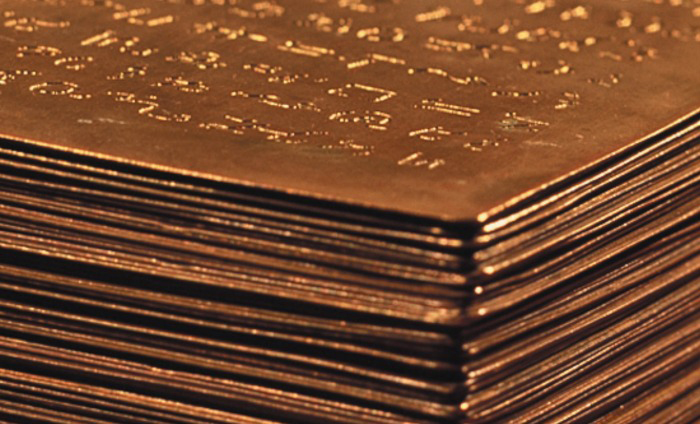
The Book of Mormon, the voice from the dust proclaiming the last days, was given to Joseph Smith for the purpose of awaking and regathering Israel in preparation for the Second Coming.
“…therefore I write to you all. And for this cause I write unto you, that ye may know that ye must all stand before the judgment-seat of Christ, yea, every soul who belongs to the whole human family of Adam; and ye must stand to be judged of your works, whether they be good or evil (Mormon 3:20);
The trumpets have been sounded. We are carrying that message through the Book of Mormon far and wide, hoping that people will hear, awake, arise, and gather, that their names might be written in the Book of Life.
Read more at Book of Mormon Central.
Read Gale’s book: Day’s of Awe: Jewish Holy Days, Symbols & Prophecies for Latter-day Saints.





